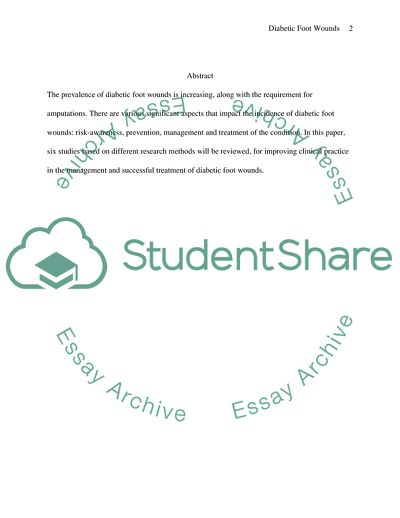Cite this document
(Clinical Aspects and Management of Diabetic Foot Wounds Term Paper, n.d.)
Clinical Aspects and Management of Diabetic Foot Wounds Term Paper. https://studentshare.org/health-sciences-medicine/1708489-wound-therapy
Clinical Aspects and Management of Diabetic Foot Wounds Term Paper. https://studentshare.org/health-sciences-medicine/1708489-wound-therapy
(Clinical Aspects and Management of Diabetic Foot Wounds Term Paper)
Clinical Aspects and Management of Diabetic Foot Wounds Term Paper. https://studentshare.org/health-sciences-medicine/1708489-wound-therapy.
Clinical Aspects and Management of Diabetic Foot Wounds Term Paper. https://studentshare.org/health-sciences-medicine/1708489-wound-therapy.
“Clinical Aspects and Management of Diabetic Foot Wounds Term Paper”. https://studentshare.org/health-sciences-medicine/1708489-wound-therapy.


